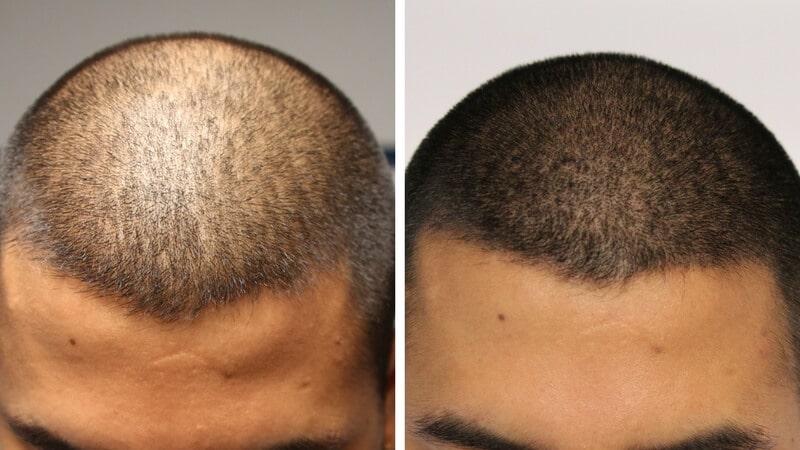
Achieving Safe Scalp Micropigmentation Training – A Crucial Step Towards Professional Excellence
In recent years, the demand for scalp micropigmentation (SMP) procedures has seen a significant upswing, driven by the growing desire for a well-groomed and confident appearance. This non-invasive cosmetic technique, involving the application of specialized pigments to the scalp, simulates the appearance of closely shaved hair follicles. As this trend continues to gain traction, the importance of comprehensive and safe SMP training cannot be understated. Ensuring practitioners possess the necessary skills and knowledge is paramount to delivering satisfactory results while minimizing potential risks and complications.
- The Evolution of Scalp Micropigmentation Training
Scalp micropigmentation is a meticulous art that requires a unique blend of creativity, precision, and technical expertise. As the field of cosmetic enhancements evolves, the training methods have adapted to provide aspiring SMP artists with the proficiency required to meet client expectations and industry standards. While various scalp micropigmentation training options are available, the emphasis on safety has become increasingly crucial, reflecting the ever-growing demand for safe and effective procedures.
- Comprehensive Curriculum: A Cornerstone of Safety
A safe scalp micropigmentation procedure results from thorough education and hands-on training. Reputable training programs offer comprehensive curricula that cover essential aspects, including:
- Anatomy and Physiology: A solid understanding of scalp anatomy and skin physiology is fundamental to performing SMP procedures safely. Trainees learn about the skin’s layers, blood supply, and healing processes, which inform their technique and helps prevent adverse reactions.
- Color Theory and Pigment Selection: Proper color theory is crucial for achieving natural-looking results. Trainees gain insights into color mixing, pigment selection, and skin undertones to ensure accurate shade matching and minimize the risk of unnatural color changes over time.
- Hygiene and Sterilization: Maintaining a sterile environment is paramount to prevent infections and complications. Trainees are educated on industry-standard hygiene practices, including equipment sterilization, disposable materials usage, and aseptic techniques.
- Client Consultation and Consent: Effective communication with clients is crucial in understanding their expectations and medical history. Trainees learn to conduct thorough consultations, manage client expectations, and obtain informed consent, ensuring a safe and satisfying experience.
- Hands-On Practicum: Practical training is the cornerstone of mastering SMP techniques. Trainees work on simulated skin and live models under the guidance of experienced instructors, refining their skills while adhering to safety protocols.
- Aftercare and Complications: Trainees are educated on post-procedure care and potential complications. This knowledge equips them to provide clients with comprehensive guidance and address any issues that may arise during the healing process.
- Ethics and Professionalism: Upholding Safety Standards
Safety in SMP extends beyond technical skills to encompass ethical practices and professionalism. Trainees are instilled with the importance of:
The field of cosmetic enhancements is dynamic, with new techniques and technologies emerging regularly. Encouraging a culture of continual learning helps SMP artists stay updated on the latest safety practices and industry trends.
Prioritizing client wellbeing fosters trust and ensures their safety. Trainees are taught to assess individual needs, manage expectations, and recommend suitable treatment plans. While rare, unforeseen complications can occur during or after an SMP procedure. Trainees are educated on recognizing and responding to emergencies swiftly and effectively.







